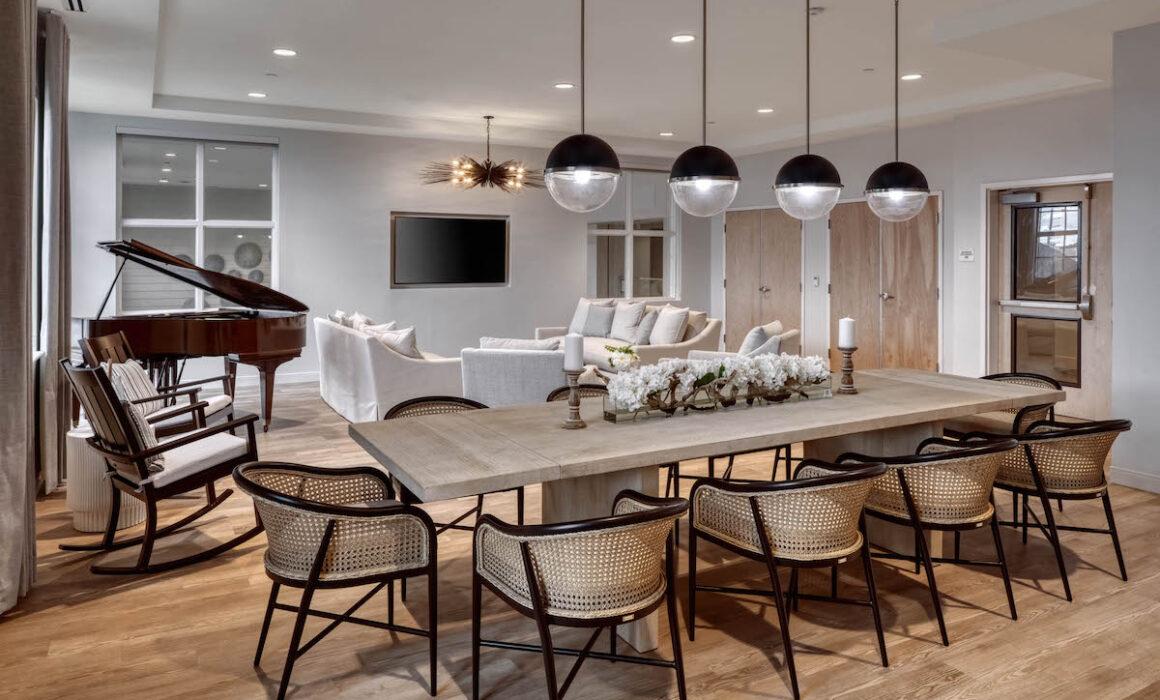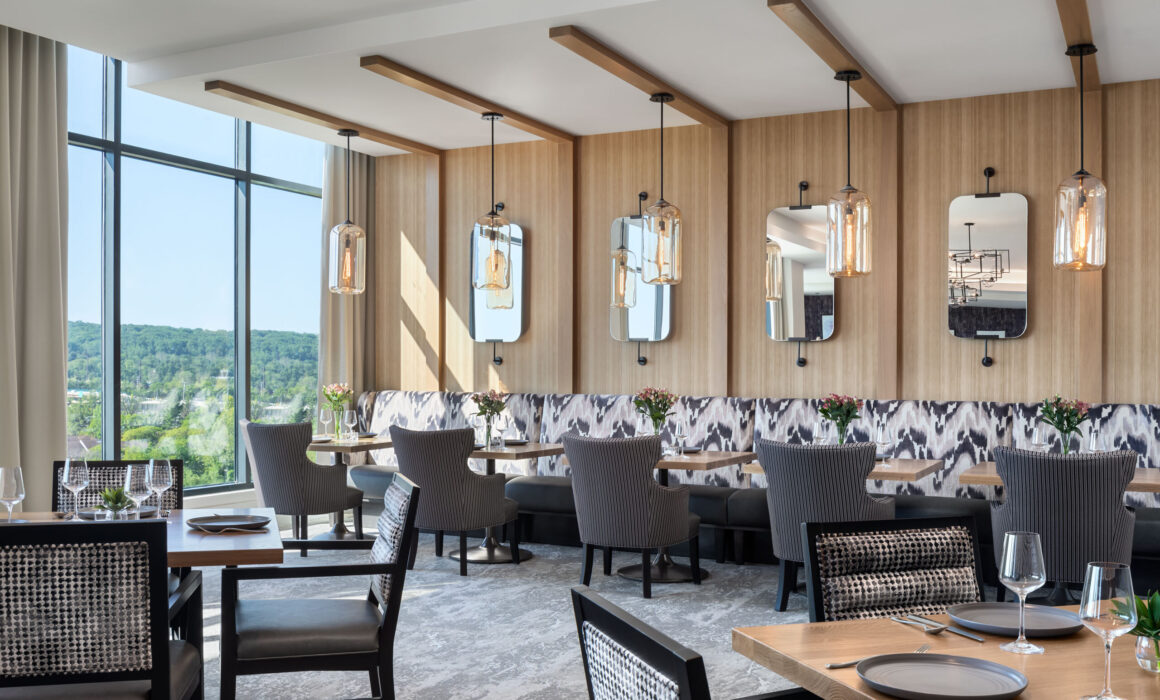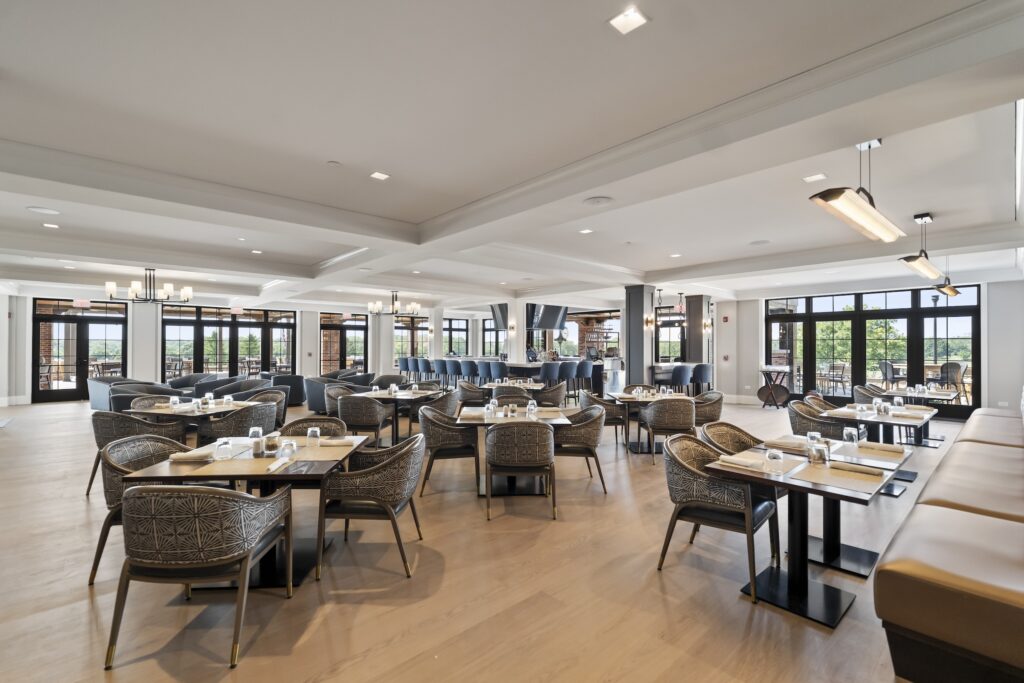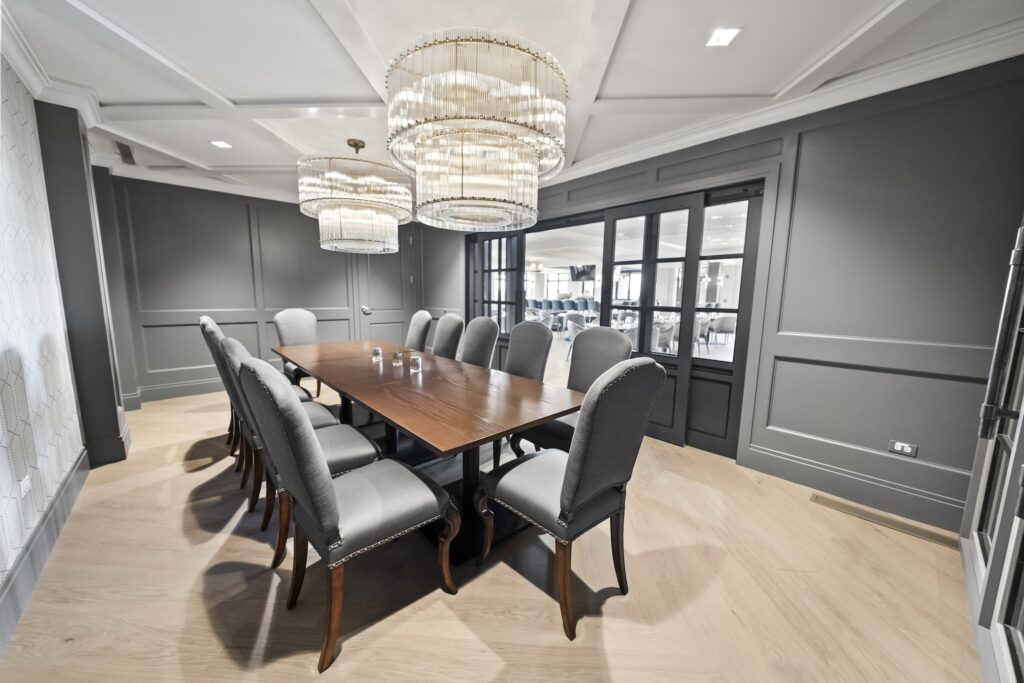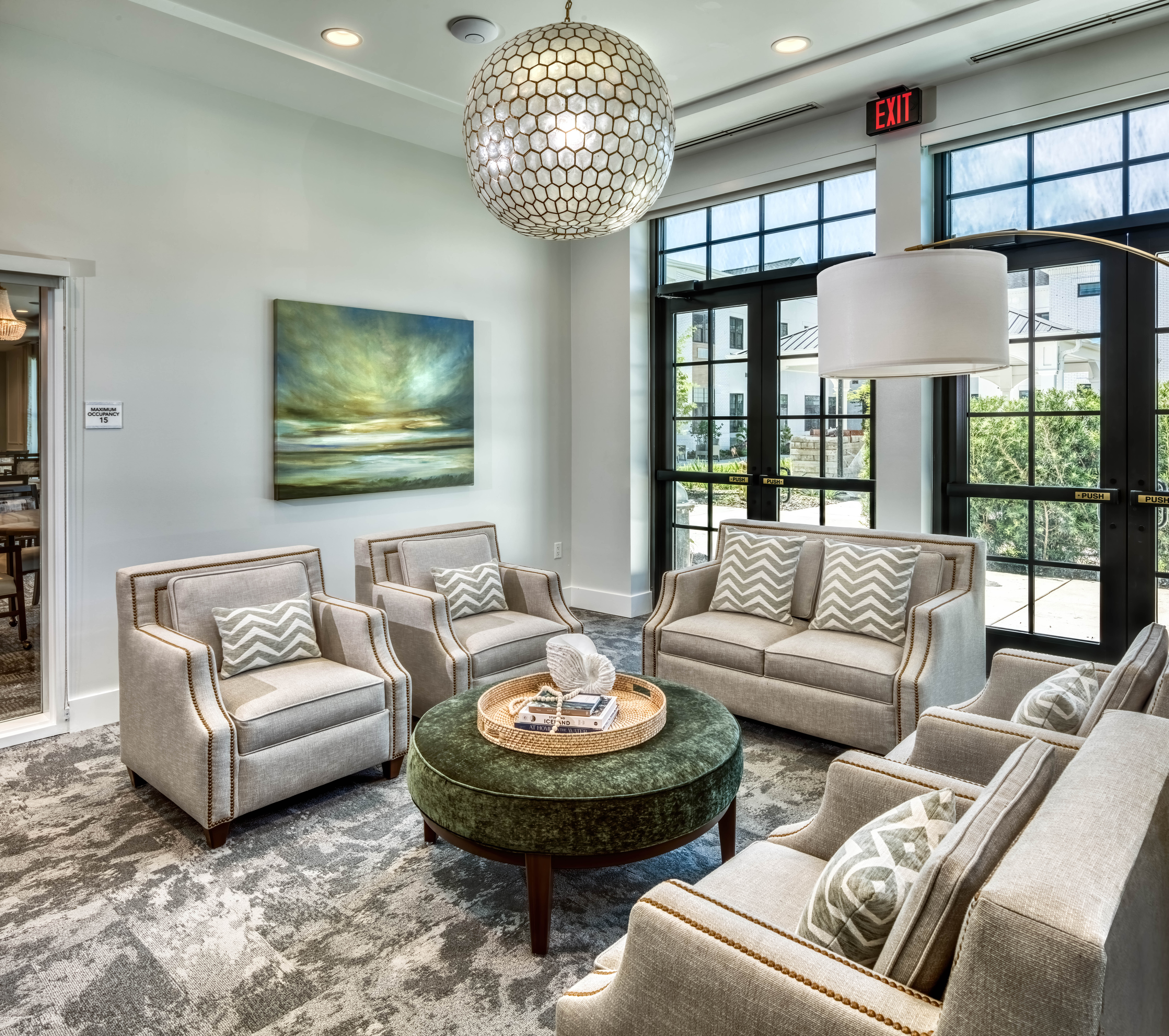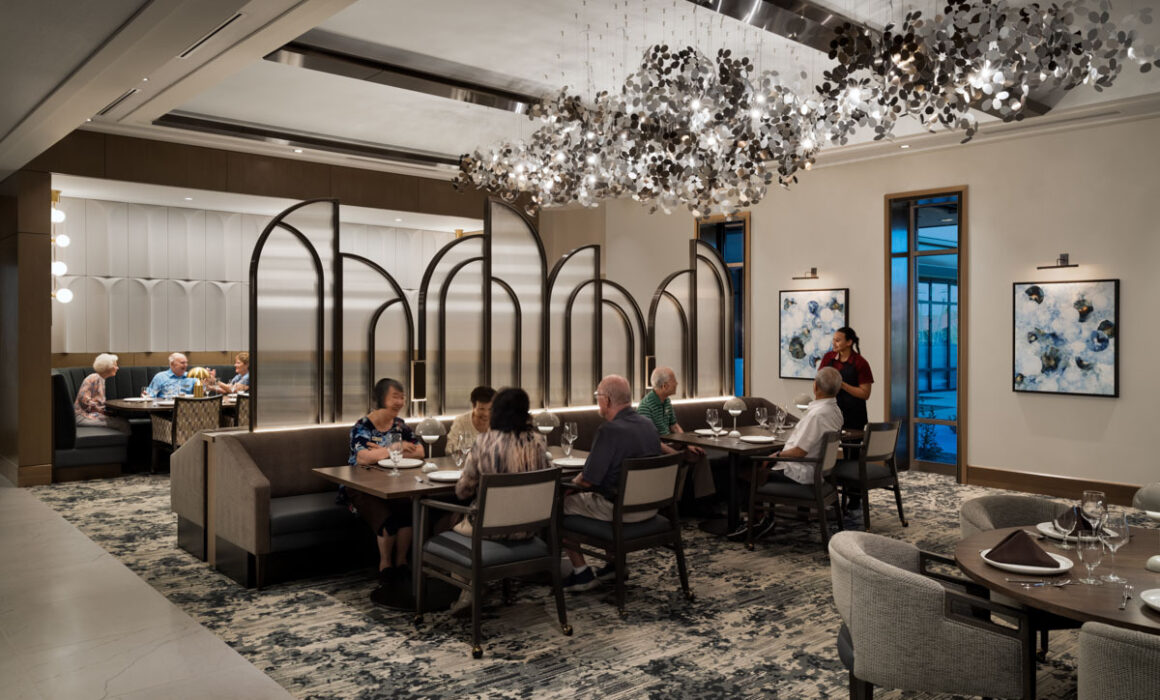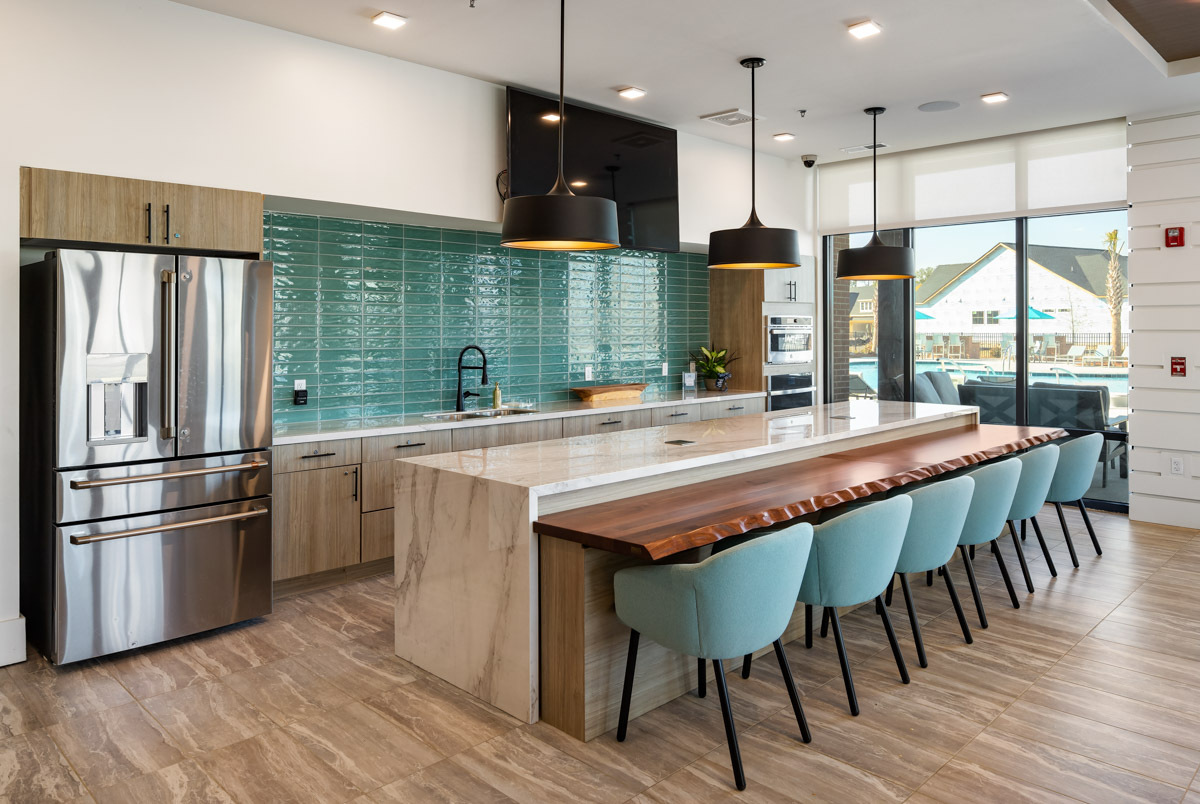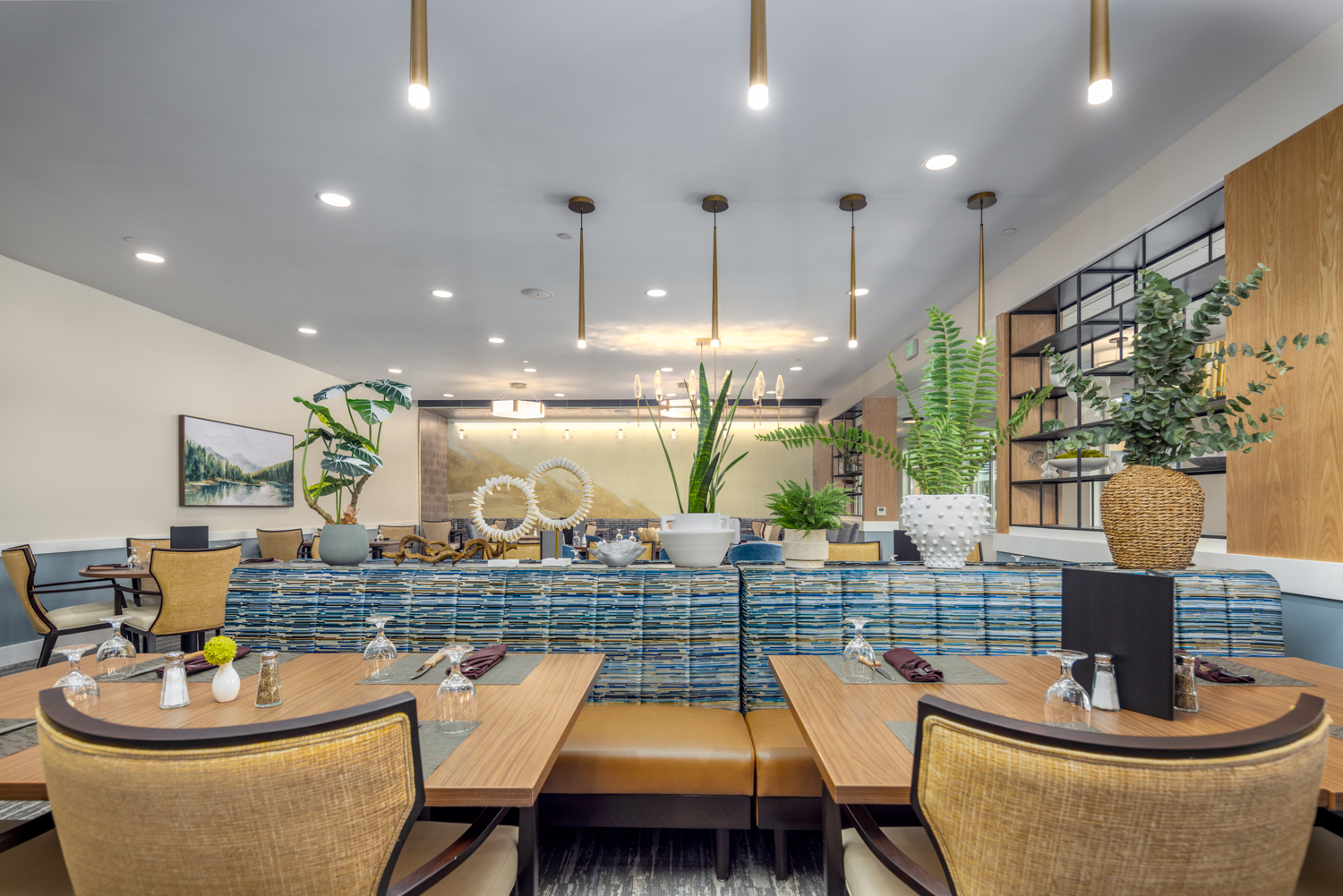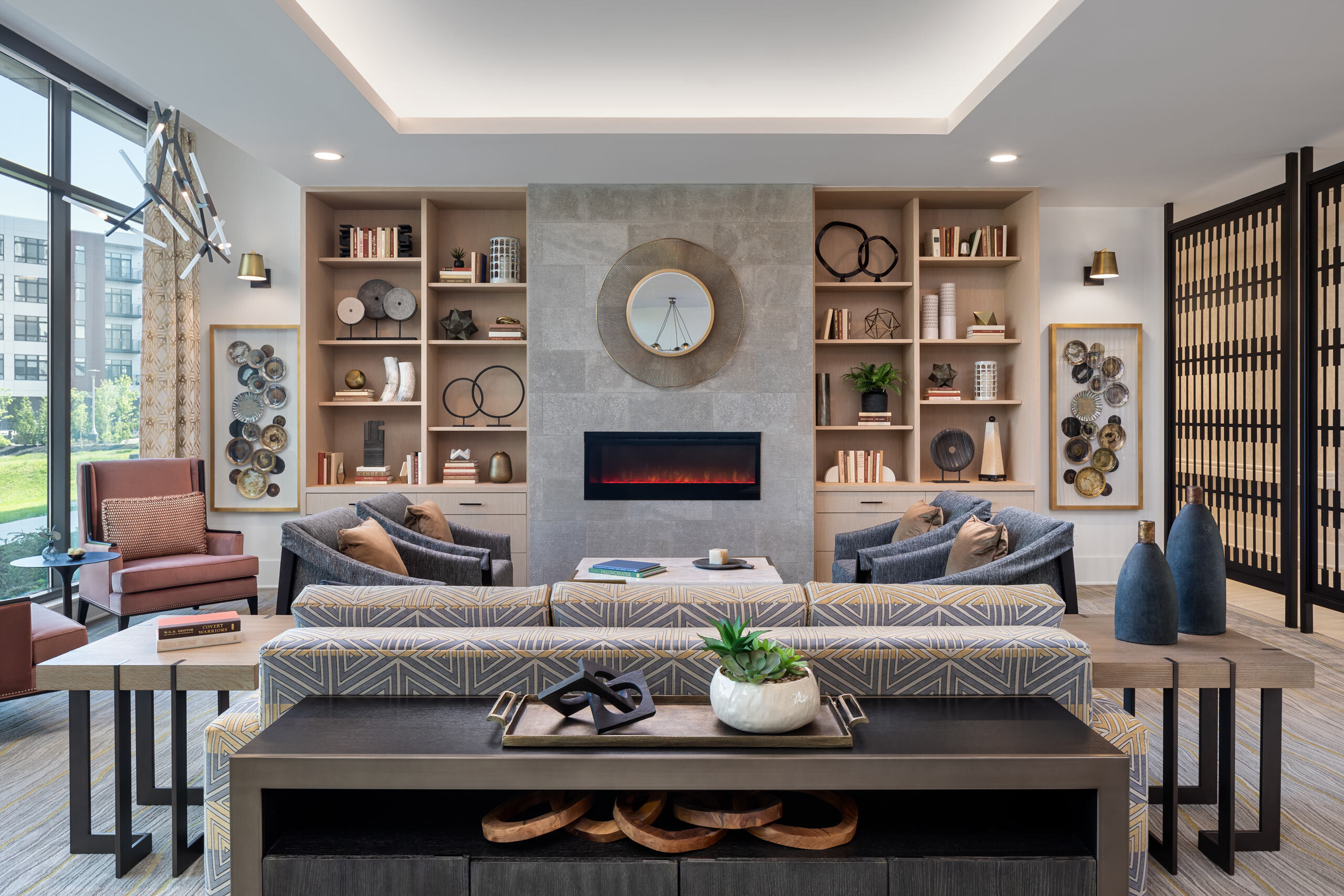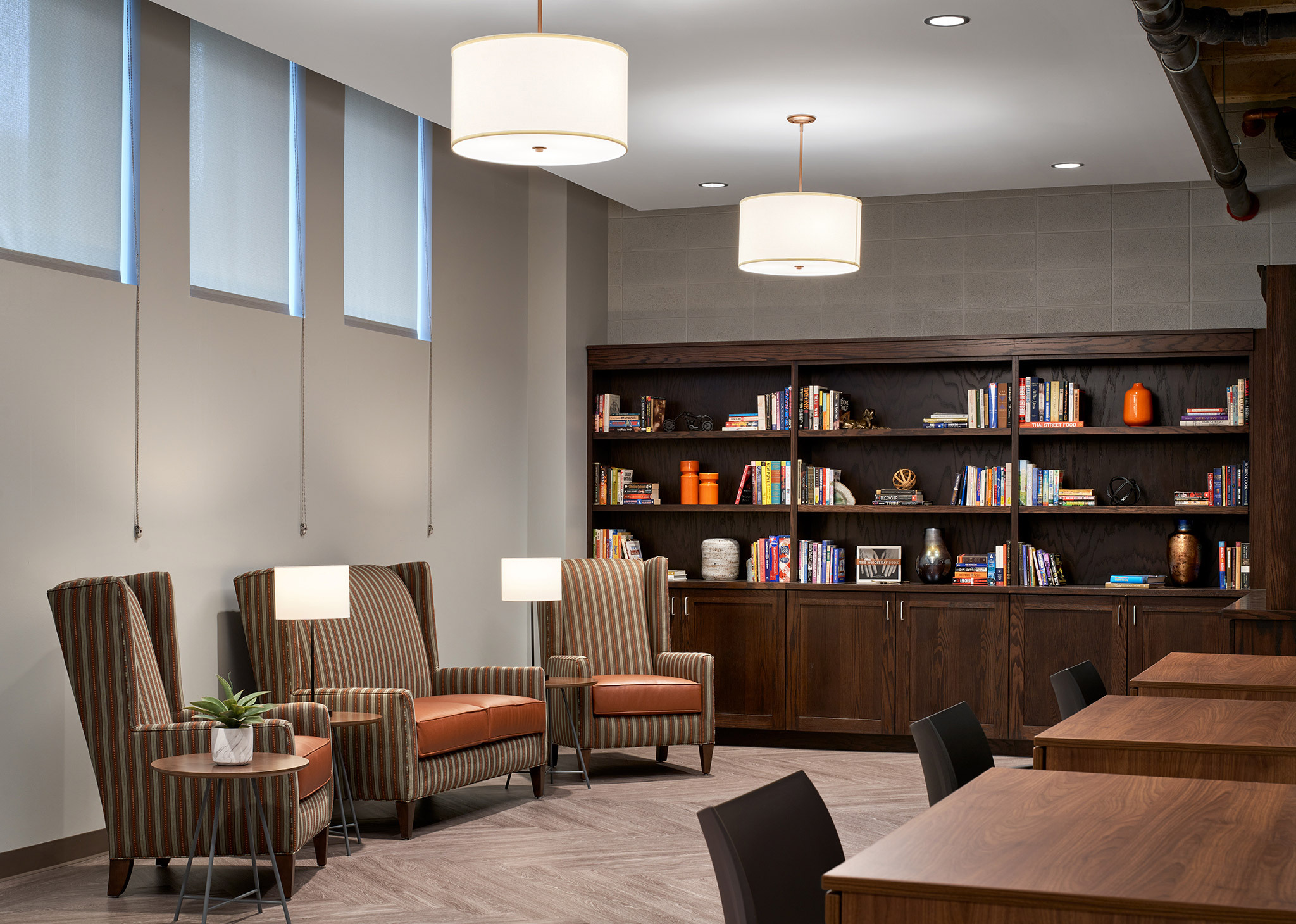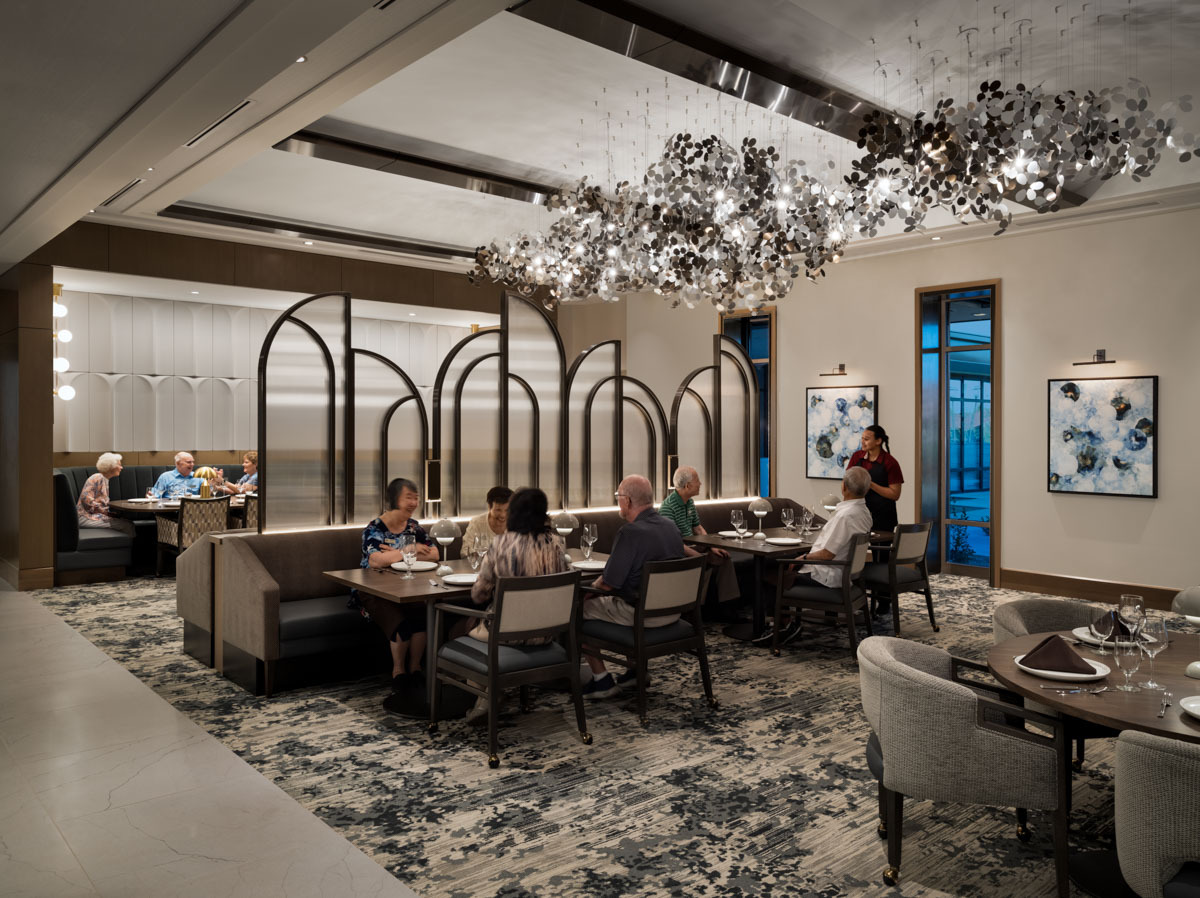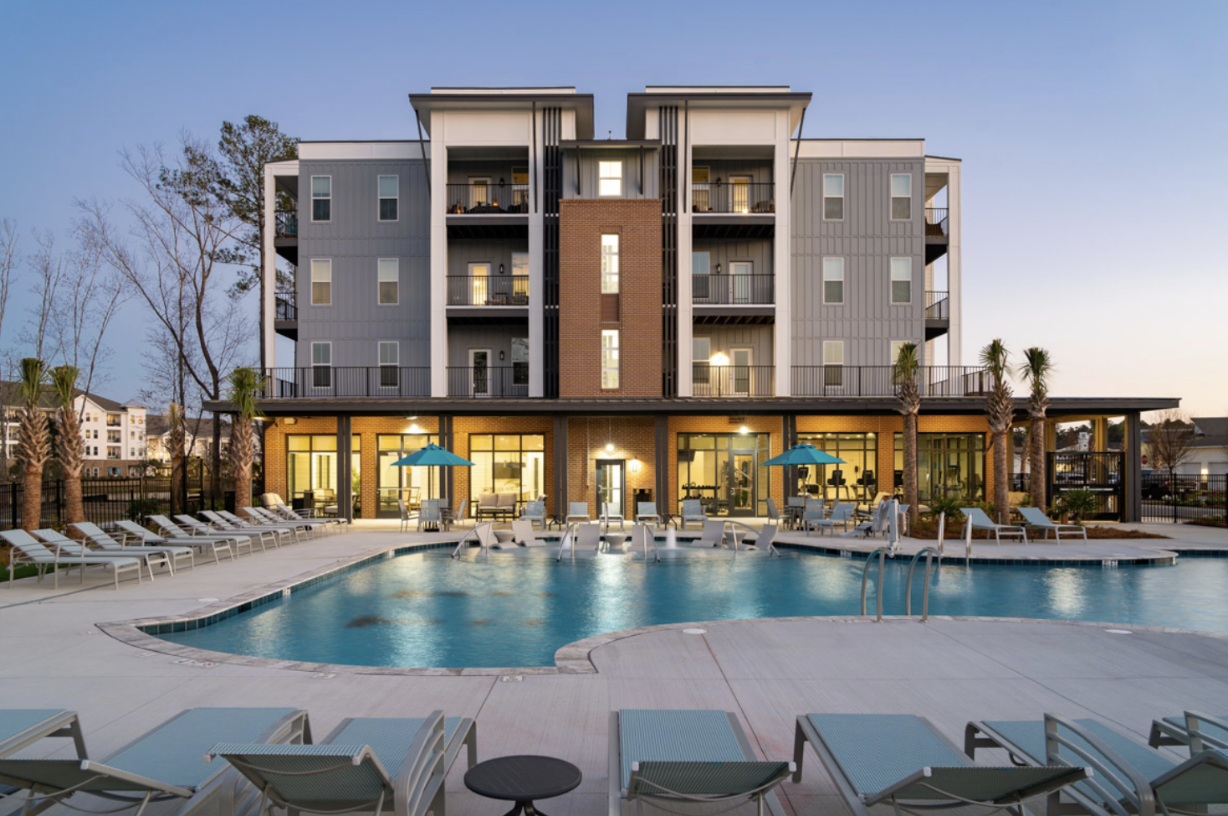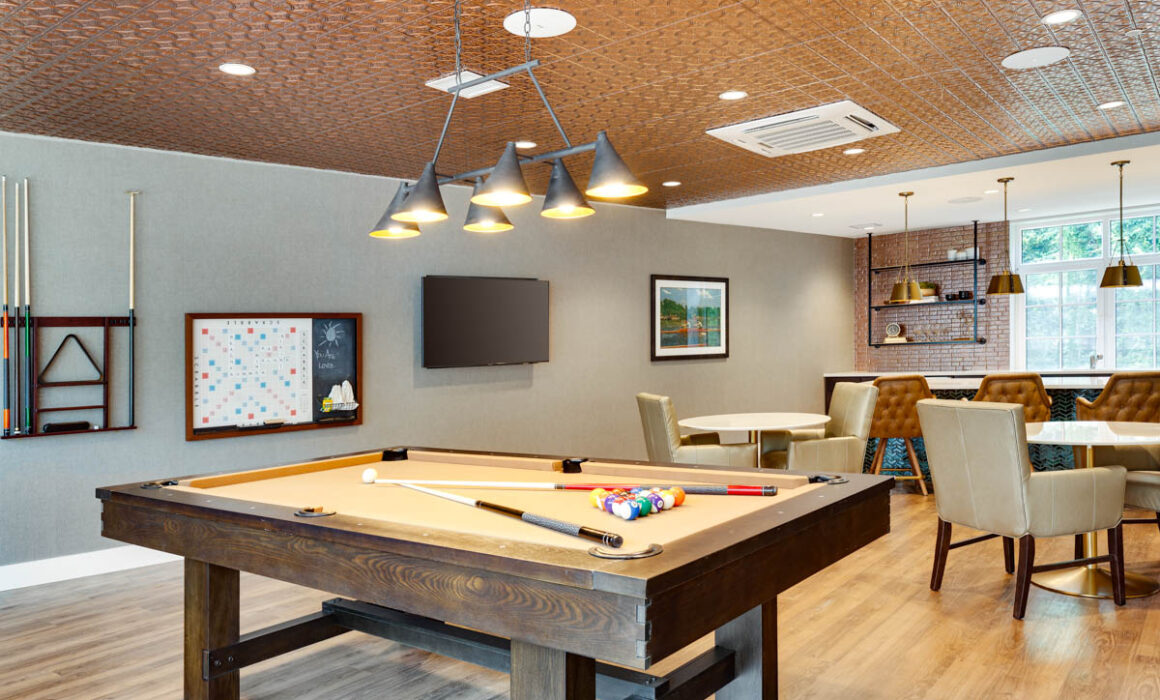How to Create Safe and Stylish Senior Living Environments
As the population ages, senior living communities are evolving to meet the needs of a growing number of older adults who desire not just safety and comfort, but also style and sophistication in their living spaces. Gone are the days of clinical-looking environments that prioritize safety at the expense of aesthetics. Today, senior living design elements are about striking the perfect balance between safety, accessibility, and beautiful, welcoming interiors. At Living Revolution, we understand the importance of creating senior living spaces that enhance residents’ quality of life without sacrificing style.
In this blog post, we will explore how to create senior living environments that are both safe and stylish, offering practical tips on how to incorporate features such as anti-slip flooring, ergonomic furniture, and accessible layouts while maintaining a high level of visual appeal.
Why Balancing Safety and Style Matters
Senior living environments play a critical role in the well-being of their residents. These spaces must provide a sense of security, but they should also feel like home—a place where residents can feel proud to live, entertain guests, and relax. For many seniors, transitioning to a senior living community can be an emotional and challenging process, so it’s essential that the environment promotes comfort and a sense of belonging.
When safety features are seamlessly integrated into stylish designs, senior living spaces can enhance residents’ physical, mental, and emotional well-being. Thoughtful design improves mobility, reduces the risk of accidents, and allows residents to maintain their independence longer.
Design Elements that Foster Social Interaction
When conceptualizing common areas in senior living communities, it’s essential to consider not only the aesthetics but also how the space can encourage and facilitate interaction. Here are some strategies to create inviting and functional social spaces:
- Open Layouts with Clear Pathways
- Open floor plans are ideal for common areas as they create a sense of flow and openness. Spaces should be designed with clear, unobstructed pathways that accommodate wheelchairs, walkers, and other mobility aids. This ensures that all residents, regardless of mobility level, can easily navigate the space. When social hubs feel accessible, residents are more likely to use them, making them a focal point of community life.
- Flexible Seating Arrangements
- Seating arrangements in multi-purpose areas should be adaptable to different group sizes and activities. For example, lounges can feature a combination of sofas, armchairs, and stackable chairs that can be added or stored for larger events in multi-purpose activity rooms. This flexibility allows for both intimate conversations and larger social gatherings. Ergonomically designed furniture with supportive cushions and armrests ensures that seating is comfortable and functional for extended use.
- Create Zones for Different Activities
- Common areas can be designed with distinct zones to accommodate various activities. For example, a library might have a quiet reading nook with comfortable chairs for individuals, while another section offers tables and chairs for group discussions or book clubs. In a lounge, designate one area for casual conversation and another for board games or puzzles. Having multiple activity zones within one space allows residents to engage in different types of social interaction, from quiet reflection to lively group events.
Ergonomic Furniture: Comfort Meets Functionality
Ergonomics is another critical aspect of senior living design. Furniture should be not only aesthetically pleasing but also functional and comfortable for aging bodies. Properly designed furniture helps prevent strain and promotes ease of movement, supporting seniors’ health and well-being.
- Chairs with Supportive Seating: Chairs should have firm, supportive seats that are not too deep, making it easier for seniors to sit down and stand up. High-backed chairs provide additional support for the spine, while armrests offer a place to grip when rising from a seated position. To maintain style, choose chairs upholstered in attractive fabrics that complement the overall aesthetic of the room.
- Adjustable Furniture: Consider incorporating adjustable furniture that can be customized to the needs of individual residents. For example, reclining chairs or adjustable beds allow residents to find the most comfortable position without sacrificing style. Many modern adjustable furniture pieces are sleek and stylish, blending effortlessly with contemporary interiors.
- Multi-Use Furniture: Multi-functional furniture is particularly useful in senior living spaces, where room size may be limited. Ottomans that double as storage, fold-out tables, or beds with built-in storage can help keep spaces organized while maintaining a clean, stylish look.
Accessible Layouts: Configuring for Mobility Without Compromising Aesthetics
Accessibility is essential in senior living environments, but an accessible layout doesn’t have to look institutional. Thoughtful design elements can ensure that spaces are easy to navigate while remaining stylish and inviting.
Open floor plans are ideal for senior living spaces because they reduce the number of obstacles residents must navigate. Wide, clear pathways that accommodate wheelchairs and walkers are key to ensuring safety.
Style Considerations: Creating a Welcoming Environment
While safety and functionality are paramount in senior living spaces, the overall style should not be neglected. The goal is to create an environment that feels like home—welcoming, comfortable, and reflective of residents’ personal tastes.
- Use of Color: The colors used in senior living spaces should evoke calm and warmth. Soft neutrals, warm earth tones, and muted pastels work well to create a soothing environment. Bold accent colors can be introduced through throw pillows and artwork to add personality without overwhelming the space.
- Natural Elements: Incorporating natural elements, such as wood finishes, stone accents, and indoor plants, adds warmth and texture to senior living environments. These materials also help connect residents with nature, promoting a sense of peace and well-being.
- Personalization: Allow residents to personalize their living spaces with family photos, favorite artwork, or treasured mementos. Personal touches not only make the space feel more home-like but also provide comforting reminders of loved ones and cherished memories.
Safety and Style Can Coexist
Creating safe and stylish senior living environments is not only possible but essential in providing a high quality of life for aging adults. By selecting the right materials, furniture, and layout, you can create spaces that prioritize safety while still being beautiful and welcoming. At Living Revolution, we believe that senior living communities should be environments where residents can thrive—physically, emotionally, and aesthetically.


